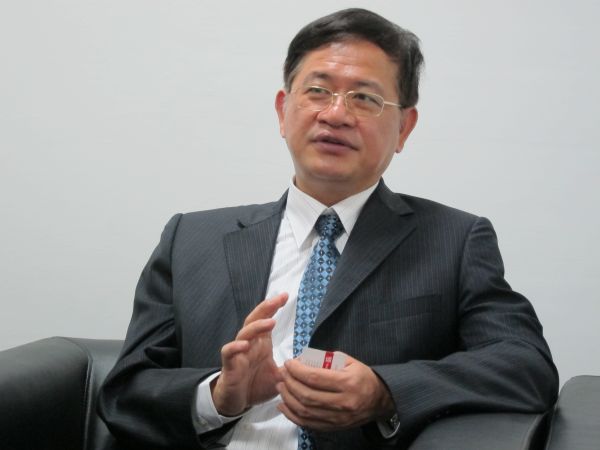Observations of the 2013 Guangzhou International Lighting Exhibition showed the LED lighting industry is maturing; exhibitors have comprehensive product lines, improved creativity, and big companies are becoming even bigger, said Lextar Chairman David Su in an interview in June. Lextar will continue to organize its product line and operation structure as the lighting market grows and the backlight market eases. According to Su, vertical integration is becoming a trend in the LED industry with more diverse integration methods. The aim of Lextar’s vertical integration is to establish a product pyramid structure with large end-product revenues.
Trends at Guangzhou International Lighting Exhibition Show Mature Lighting Market and Big Companies Become Bigger
Su, who recently returned from the Guanzhou International Lighting Exhibition to host a board meeting in Taiwan, shared his observations from the exhibition. A trend of big companies becoming even larger was observed at the exhibition, said Su. From a product line perspective, the manufacturers attending the trade show were promoting comprehensive product lines with better creativity, and there have been huge improvements in product appearance and design, indicating the industry is more mature.

This photo shows Lextar Chairman David Su during the interview.
(LEDinside/ Photo of Lextar Chairman David Su)
Backlight applications exceed lighting in Lextar revenue structure, goal is for lighting to surpass backlight
Su is positive that the lighting market scale will surpass backlighting, but maintained an outlook of gradual slowdown in the 2013 lighting market. Su pointed out product lines driving operation performances in 2013 are still mostly backlight products. Besides Lextar’s existing top Japanese clients, the company has also nabbed Wellypower’s Japanese secondary backlight clients after acquiring the company. In addition to the outstanding results from last year’s direct-lit products, Lextar has expanded its client base to Chinese tablets. Backlight revenues in 2013 accounted for 70% of Lextar’s total revenue, while lighting took up 30%.
As LED TV penetration rates reach 90%, Su pointed out the goal for next year’s backlight growth will be shifting from replacing products to natural growth. Lextar’s long term goal is to increase lighting revenue to more than 50%.
Vertical Integration Trend Firmly Established and Moving Towards Pyramidal Model
Accompanying the maturation of the lighting market, Su believes the LED vertical integration trend is firmly established, and moving towards value adding end-market. Therefore Lextar not only develops lighting products such as bulbs, tubes, but also shifting towards luminaires. Lextar is actively cultivating the luminaire market in 2013. Su noted the difficulty of developing light fixtures lies in the different regional features, and investments in R&D. However, once in the supply chain replacement rate is also lower, and competition is less stressful compared to light sources or standard products.
Lextar luminarie clients cover Europe, U.S., Japan and China. The company’s future goal is to build up its client base with large international manufacturers, or regionally large local luminarie manufacturers.
Lextar will continue to readjust product and operation structures. There are many types of vertical integrations, analyzed Su. It can be an inverse pyramid focused on upstream manufacturers, or a pyramid with a large end-product section. Since package make up most of Lextar’s revenue, the company is aiming to develop into a pyramidal structure with large product segment, and hopes this can add product value to the company’s products.












